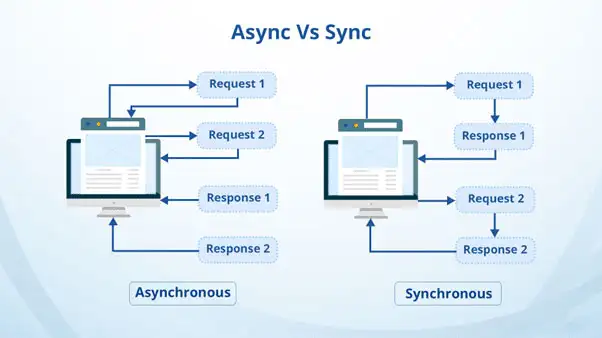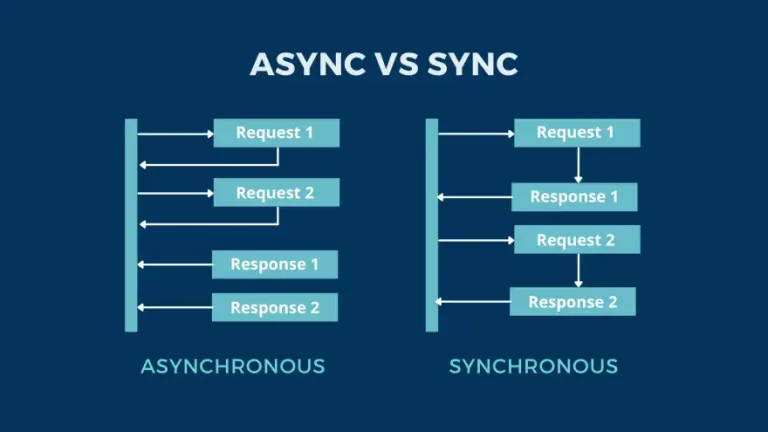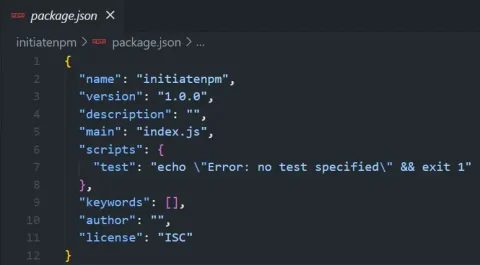Mastering Synchronous Looping
Looping through different post types and sending independent requests to a server in a synchronous manner can be a powerful technique to ensure data integrity and order of operations. By waiting for the completion of each request before proceeding to the next, developers can effectively combine data from various sources, enhancing the richness and depth of their applications. This guide outlines the steps to seamlessly loop through different post types and merge the results into a consolidated dataset using JavaScript.
Leveraging Synchronous Code Execution
Synchronous code execution involves running operations sequentially, ensuring that each request is completed before moving on to the next. This approach is essential when consolidating data from multiple sources to maintain the order and integrity of information.
Steps to Loop Through Different Post Types
1) Initialize Variables and Post Types
Begin by defining the post types you want to loop through and the array to store the results:
const postTypes = ['posts', 'pages', 'instructors']; let allPosts = [];
2) Loop Through Post Types Sequentially
Iterate through each post type, sending asynchronous requests and waiting for completion before proceeding:
const fetchPosts = async () => {
for (const type of postTypes) {
const response = await fetch('https://example.com/wp-json/wp/v2/' + type);
const data = await response.json();
allPosts = allPosts.concat(data);
}
console.log(allPosts); // Combined posts from all post types
};
fetchPosts();
3) Combining Post Types Data
By concatenating the data from each post type, the allPosts array consolidates all posts into a single dataset:
const allPosts = posts.concat(...pages, ...instructors);
Example Scenario of Synchronous Looping
Consider a practical example where you fetch and combine posts, pages, and instructors from a WordPress REST API:
const postTypes = ['posts', 'pages', 'instructors'];
let allPosts = [];
const fetchPosts = async () => {
for (const type of postTypes) {
const response = await fetch('https://example.com/wp-json/wp/v2/' + type);
const data = await response.json();
allPosts = allPosts.concat(data);
}
console.log(allPosts); // Combined posts from all post types
};
fetchPosts();
In this example, the fetchPosts function loops through different post types, retrieves the data from each endpoint sequentially, and concatenates the results into the allPosts array.
Drawbacks of Synchronous Code Execution
- Performance Impact: Synchronous code execution can lead to performance issues, especially when dealing with a large number of posts. Each post must be processed one by one, which can significantly increase the time it takes to load a page or execute a script. This can result in slower website performance and poor user experience, especially for sites with high traffic.
- Blocking Behavior: Synchronous code execution blocks the execution of other tasks until the current task is completed. This means that while WordPress is looping through posts synchronously, other processes such as handling user requests or executing background tasks are put on hold. As a result, the website may feel less responsive and less scalable, especially during peak traffic periods.
- Limited Parallelism: Synchronous code execution in WordPress typically operates on a single thread, which means that only one task can be executed at a time. This limits the ability to take advantage of multi-core processors and parallel processing techniques to speed up the execution of tasks such as looping through posts. As a result, the overall efficiency of the system may be reduced, leading to longer processing times and potential bottlenecks.
Asynchronous Looping through Different Post Types in JavaScript
Asynchronous code execution plays a vital role in handling multiple requests and combining data from diverse sources in JavaScript. The $.when().then() function is a powerful tool for fetching different post types asynchronously from a WordPress REST API. Below are the steps to effectively utilize $.when().then() to fetch various post types and merge the results into a consolidated dataset.
Steps to Fetch Different Post Types Using $.when().then()
1. Initialization and Post Types Definition
Start by defining the post types to be fetched and the array to store the results.
const postTypes = ['posts', 'pages', 'instructors']; let allPosts = [];
2. Fetching Post Types Using $.when().then()
Utilize $.when().then() to send asynchronous requests for each post type and merge the results upon completion.
const fetchPosts = () => {
const requests = postTypes.map(type => {
return $.getJSON('https://example.com/wp-json/wp/v2/' + type);
});
$.when(...requests).then((...responses) => {
responses.forEach(response => {
allPosts = allPosts.concat(response[0]);
});
console.log(allPosts); // Combined posts from all post types
});
};
fetchPosts();
3. Consolidating Post Types Data
By utilizing $.when().then(), the data from each post type is fetched asynchronously and combined into the allPosts array upon completion.
Example Scenario
Consider the following example, where $.when().then() is used to fetch and combine posts, pages, and instructors from a WordPress REST API:
const postTypes = ['posts', 'pages', 'instructors'];
let allPosts = [];
const fetchPosts = () => {
const requests = postTypes.map(type => {
return $.getJSON(https://example.com/wp-json/wp/v2/${type});
});
$.when(...requests).then((...responses) => {
responses.forEach(response => {
allPosts = allPosts.concat(response[0]);
});
console.log(allPosts); // Combined posts from all post types
});
};
fetchPosts();
In this example, the $.when().then() function is employed to fetch different post types (posts, pages, and instructors) asynchronously, and upon completion of all requests, the data is combined into the allPosts array.
Conclusion: Asynchronous VS Synchronous Code Execution

| Aspect | Asynchronous Execution | Synchronous Execution |
| Flow of Execution | Non-blocking: Code continues to execute without waiting for a task to complete. | Blocking: Code execution halts until a task is completed. |
| Example Use Cases | Network requests, file I/O operations, setTimeout, setInterval, Promises, async/await | Simple calculations, function calls, synchronous APIs. |
| Handling Complexity | Well-suited for complex operations where tasks can run independently. | Preferable for simpler operations with dependencies that must be resolved sequentially. |
| Callbacks or Promises | Typically utilizes callbacks or Promises to handle asynchronous tasks. | Directly executes sequential statements without callbacks or Promises. |
| Error Handling | Often leads to nested callbacks or Promise chains, which can become difficult to manage (callback hell or Promise chaining). | Code is typically more linear and easier to read and understand. |
| Event Loop | Utilizes the event loop to manage asynchronous tasks. | Utilizes the event loop but does not explicitly rely on it for managing task execution. |
| User Experience | Can provide a smoother user experience in applications by preventing UI freezes. | May lead to UI freezes or unresponsive behavior if long-running tasks are executed synchronously. |





